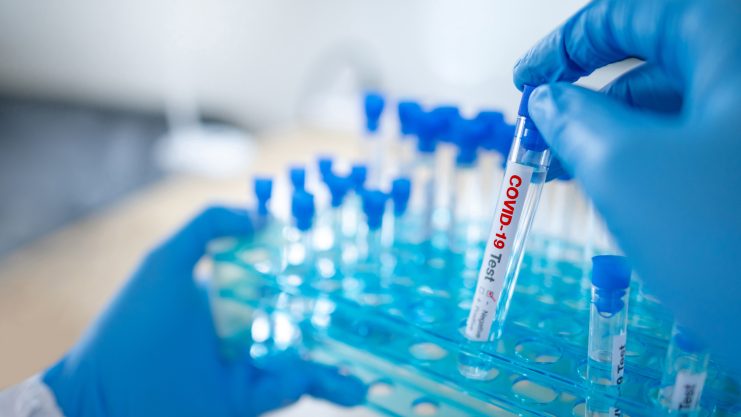Advertisment
Researchers identify seven forms of mild COVID-19

Article written by Gary Finnegan
There are seven ‘forms of disease’ in people with mild COVID-19, according to scientists at the Medical University of Vienna.
In a study published in Allergy, a leading journal, researchers
reported that the disease leaves behind significant changes in the immunity
system after 10 weeks, even in those who recover swiftly from mild symptoms.
The team, led by Winfried
F. Pickl and Rudolf Valenta of the university’s Center for Pathophysiology,
Infectiology and Immunology, provides new information which could inform how
patients are treated. The findings may also help identify biomarkers used in
vaccine development.
The study looked at 109 people who had recovered from mild COVID-19 and
compared them to 98 healthy individuals. The seven groups of symptoms
identified in the system were:
(1) flu-like symptoms (with fever, chills, fatigue and cough)
(2) common cold-like symptoms (with rhinitis, sneezing, dry throat and nasal
congestion)
(3) joint and muscle pain
(4) eye and mucosal inflammation
(5) lung problems (with pneumonia and shortness of breath)
(6) gastrointestinal problems (including diarrhoea, nausea and headache)
(7) loss of sense of smell and taste and other symptoms.
‘In the latter group we found
that loss of smell and taste predominantly affects individuals with a ‘young
immune system’, measured by the number of immune cells (T lymphocytes) that
have recently emigrated from the thymus gland,’ said Pickl. ‘This means that we
were able to clearly distinguish systemic (e.g., groups 1 and 3) from
organ-specific forms (e.g. groups 6 and 7) of primary COVID-19 disease.’
At the same time, the scientists established that COVID-19 leaves behind long
detectable changes in the blood of convalescents. For example, the number of
granulocytes, which are otherwise responsible in the immune system for fighting
bacterial pathogens, is significantly lower than normal in the COVID-19 group. ‘However, both the CD4 and CD8 T cell compartment developed memory cells
and CD8 T cells remained strongly activated,’ Pickl said. ‘This indicates that
the immune system is still intensively engaged with the disease several weeks
after initial infection. At the same time, the regulatory cells are greatly
diminished. That is likely a dangerous mix, which could lead to autoimmunity.’
Furthermore, increased levels of antibody-producing immune cells were detected in the blood of people who had recovered from COVID-19. The higher the fever of the affected patient during the mild course of the disease, the higher were the antibody levels against the virus.
‘Our findings contribute to a better understanding of the disease and help us in the development of potential vaccines, since we now have access to promising biomarkers and can perform even better monitoring,’ the authors concluded. ‘Above all, the study shows that the human immune system ‘doubles up’ when defending against COVID-19 with the combined action of immune cells and antibodies.’





